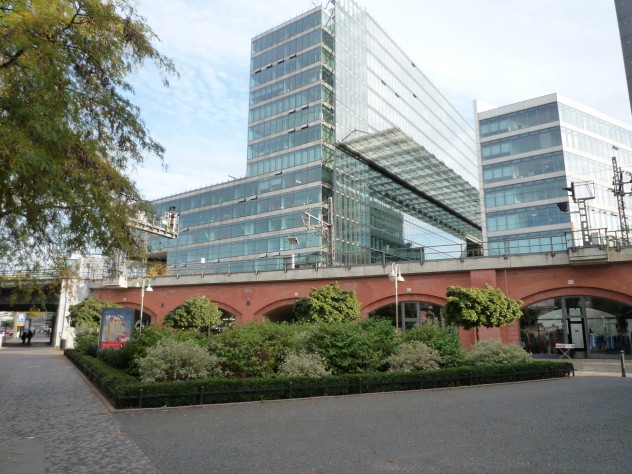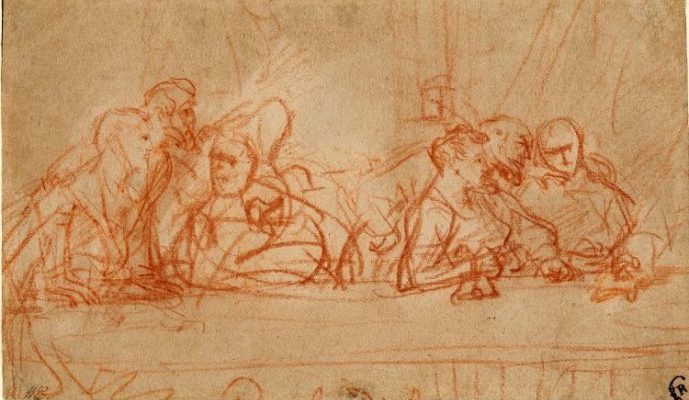
I have never been so happy as I was yesterday to see a decidedly Western shopping street replete with all the standard flagship stores. It’s just not the sort of place I seek out, and yet yesterday I purposefully took the tram and then the S-Bahn from Prenzlauer Berg through Alexanderplatz west to the historical hub of Berlin during Cold War days, the area surrounding Savignyplatz and the street called Kurfürstendamm (Ku’Damm for short), the arguably most Westernized consumerism mecca in this city. I’d spent so many weeks swallowed by the world I had been spinning around me with archive research, reading, and conversation that I feared I might get lost in the imaginary tableau of the Third Reich and all things German between the 1920s and the end of the Second World War, a world I had constructed so that I might write from the emotions connected with that place and time.
I needed something viscerally familiar to pull me back to reality.

Well, that’s all it took. In just a few blocks I encountered Starbucks (of course), Timberland, Urban Outfitters, Mephisto, Gucci, Bulgari, Tommy Hilfiger and a faux Pacific stage set on the expansive sidewalk in front of the Hotel California, complete with potted palms.
I was reminded that I am an American. I have a home in the United States. I do not inhabit a life set in the 1940s. So, thank heavens for the Kurfürstendamm!
But oddly, while it was just the kind of grounding I needed, the most surprising effect my trip to the “West” of Berlin had was to set in even greater relief this area of the former East Berlin that I have been living in and the stunning difference—to this day—between the two sectors, the area occupied by the Americans after the War and the sector occupied by the Soviets.

Despite all its gentrification, this area where I am staying is still lodged in some sort of post-World War II time warp. It’s only been 23 years since the Wall came down, and quite honestly life over here stayed stuck, did not begin the full process of coming to terms with the War until 1989 when the Wall came down. People don’t unlearn life patterns in that short amount of time (if ever). Why, it was the 1990s (and even later) before many buildings in Berlin were restored from War damage—nearly 50 years after the end of the conflict.
So, when I walk these streets ricocheting between overgrown lots and graffiti-layered buildings, through narrow streets and tipping sidewalks (and yes, the trendy shops and tidy apartment buildings mixed in), I know that Germany has a huge domestic economic burden before it in its goal to unify and absorb the former DDR (East Germany). No one in America should forget that when considering Germany the reliable economic powerhouse stabilizing the current European crisis.



